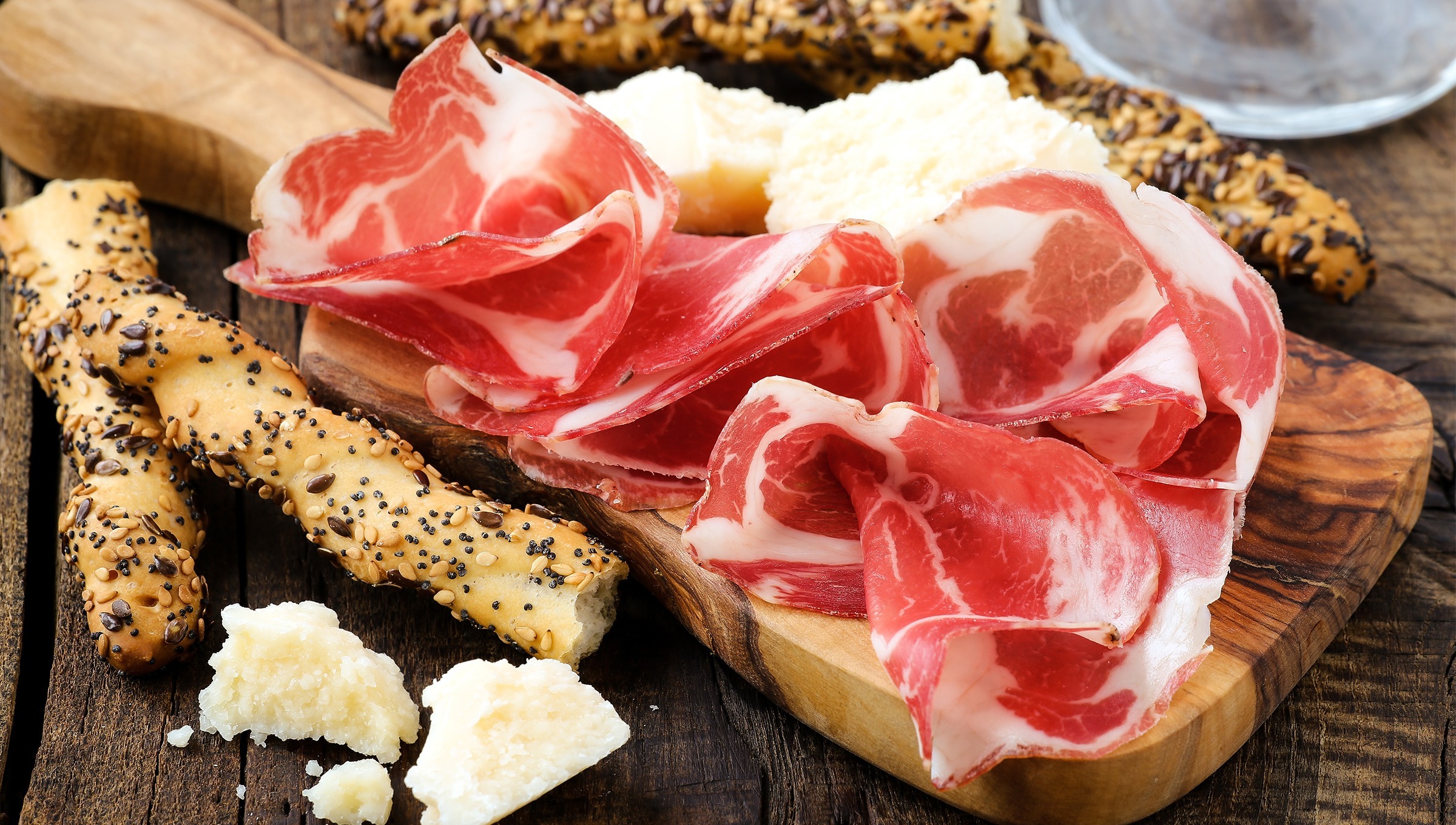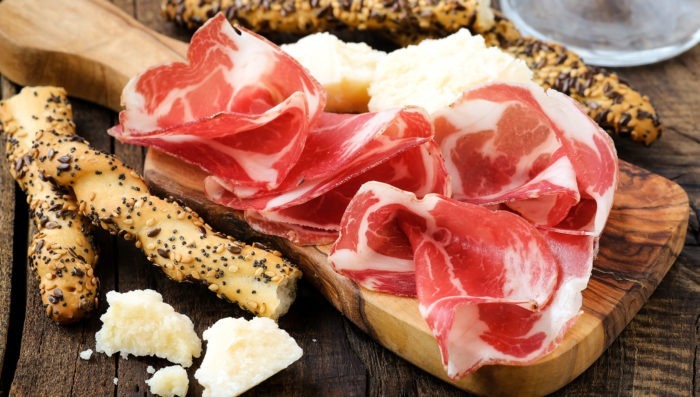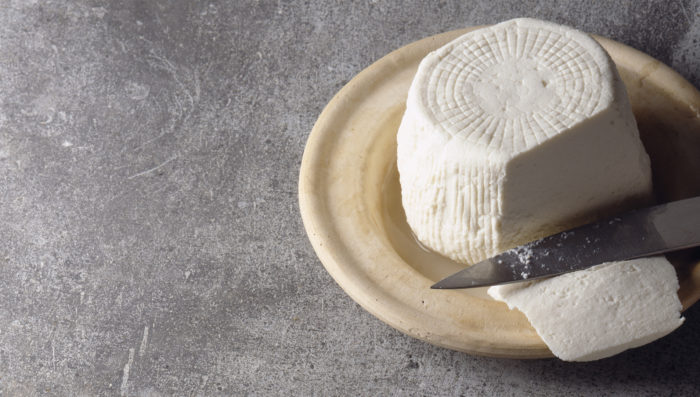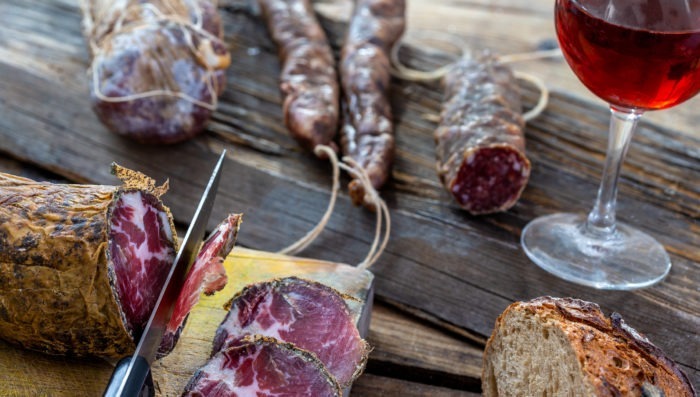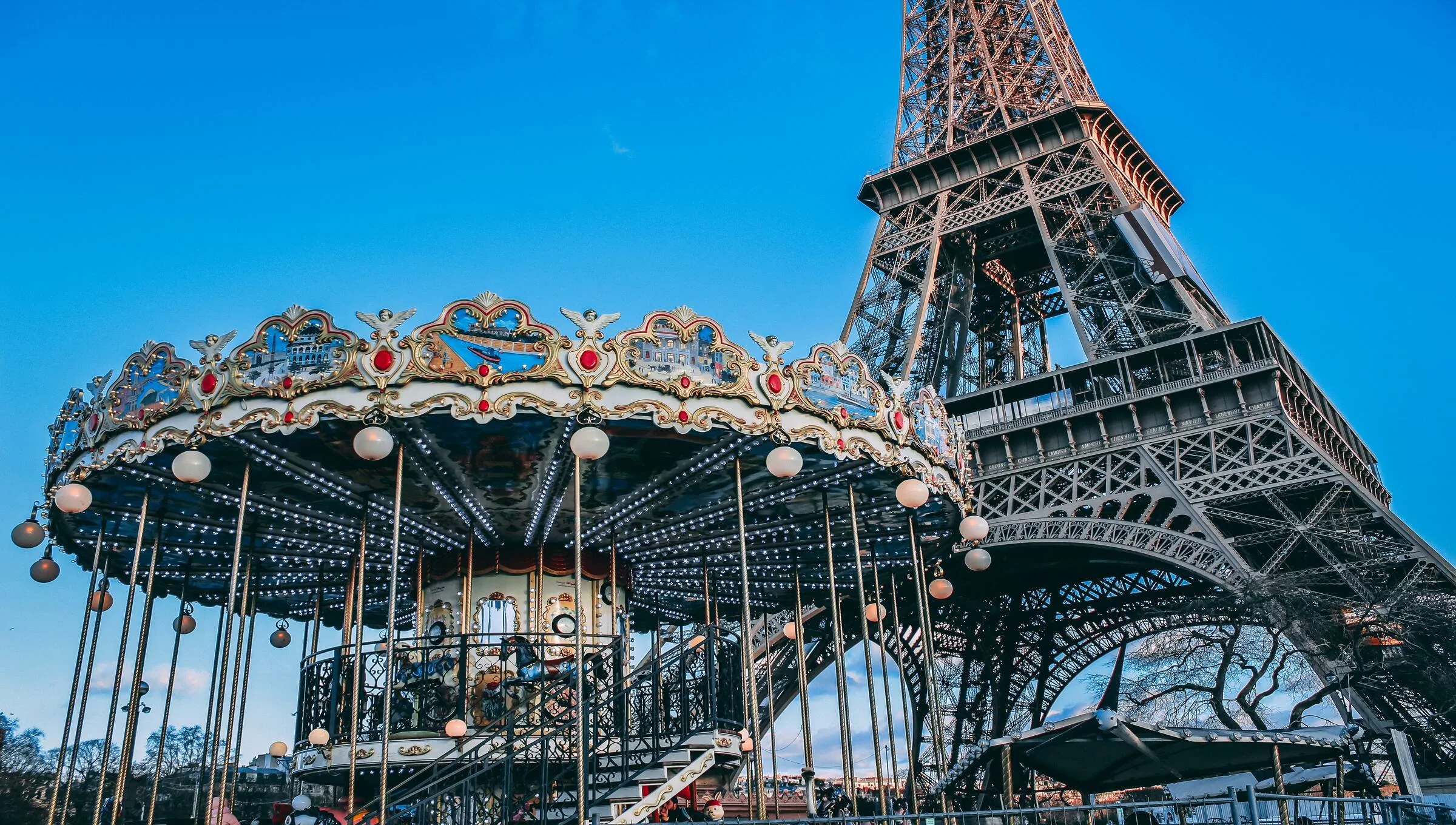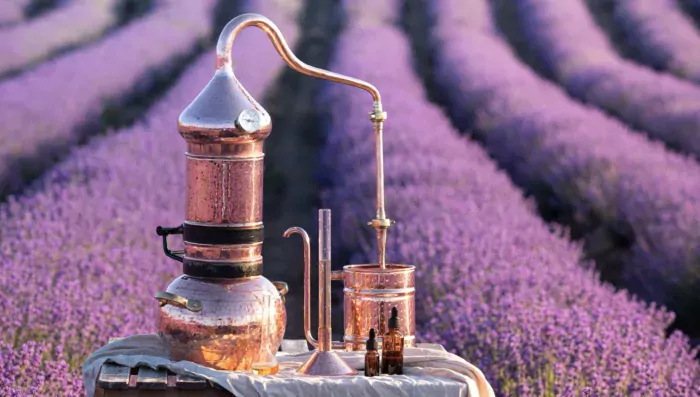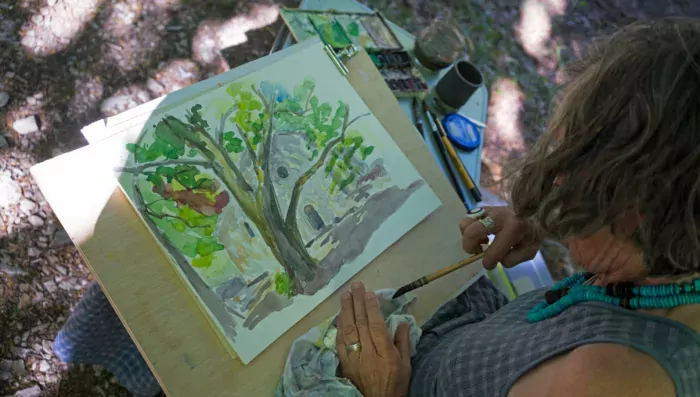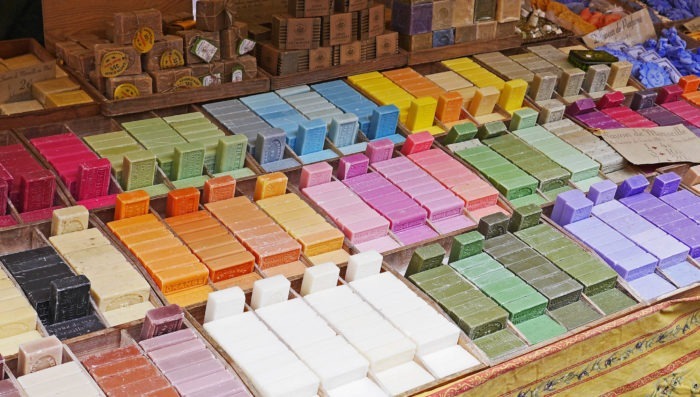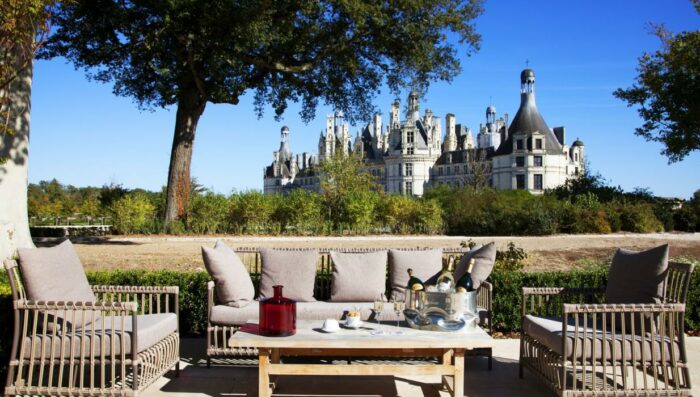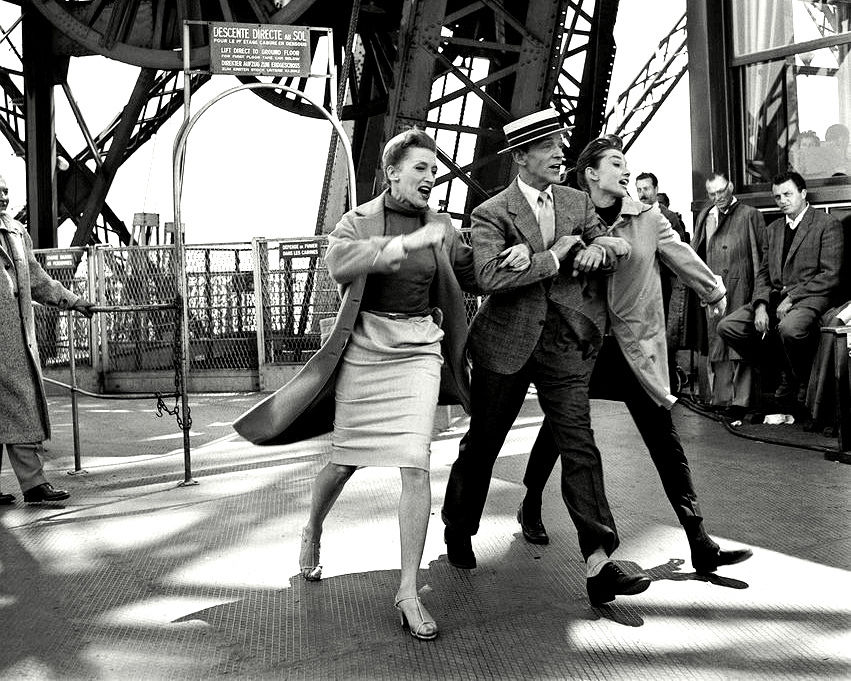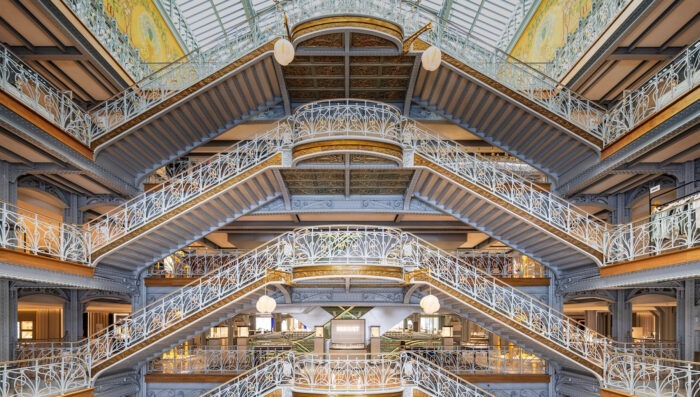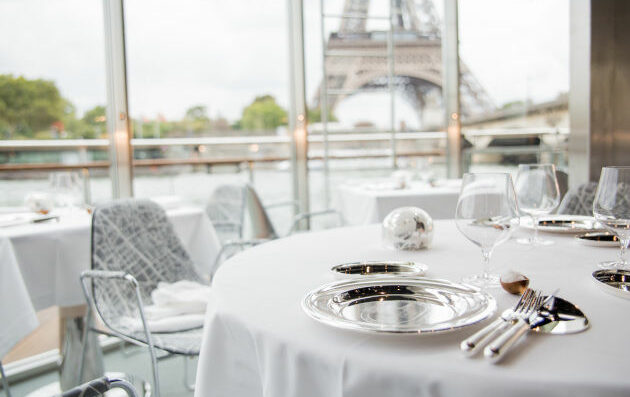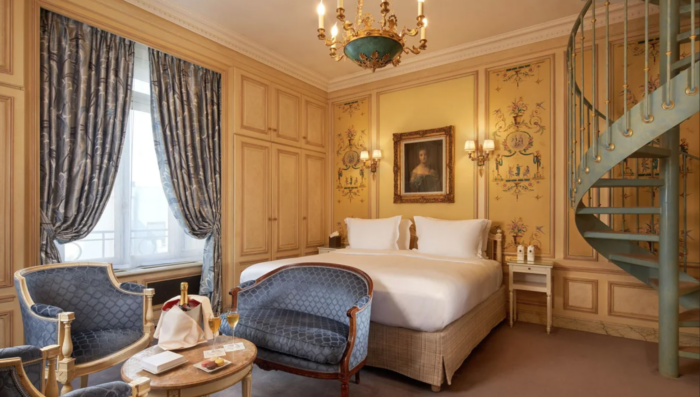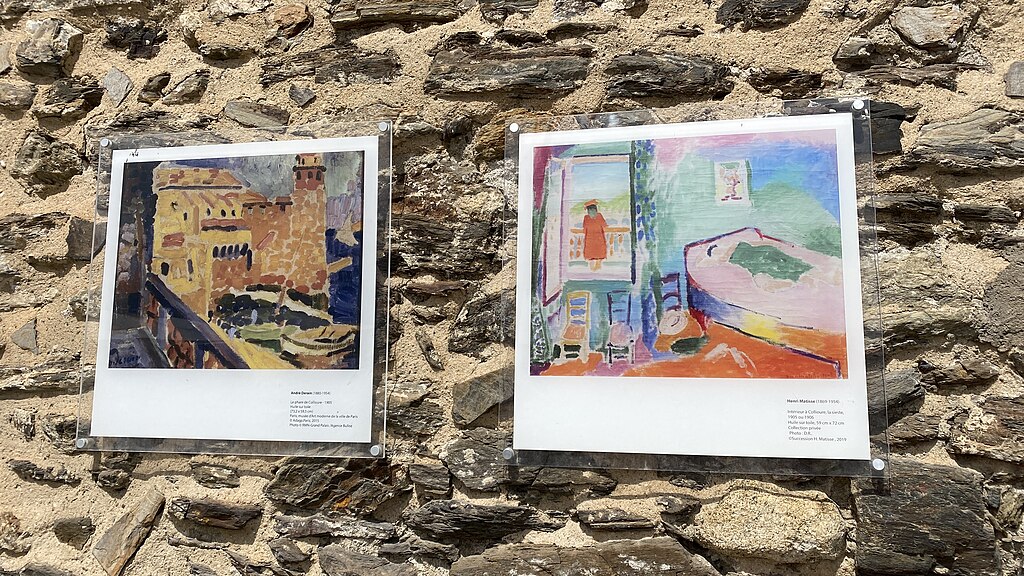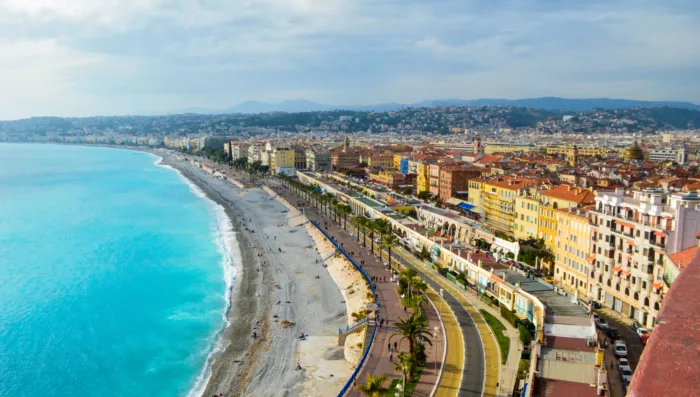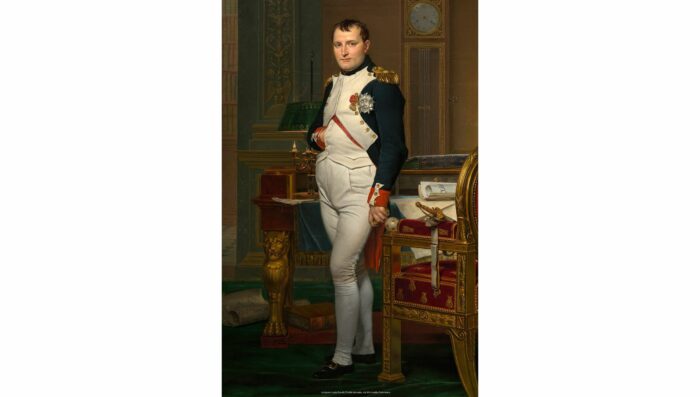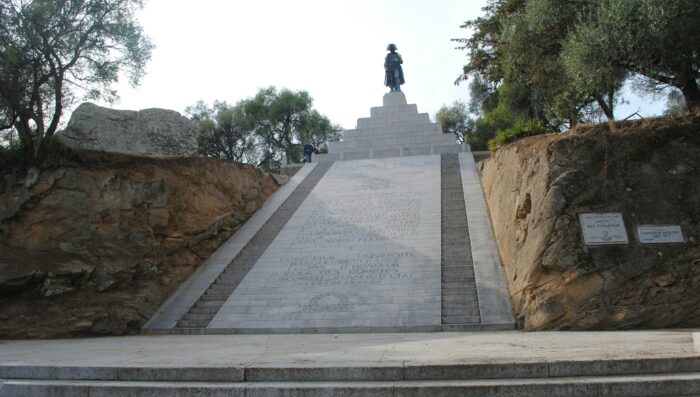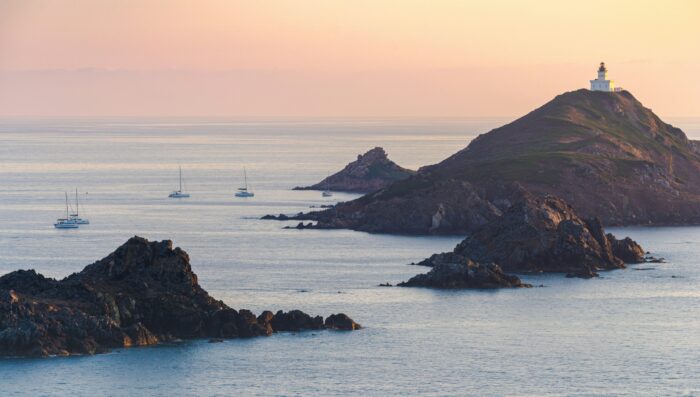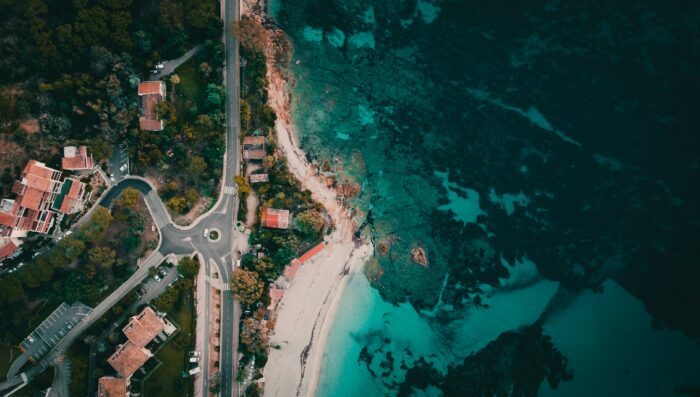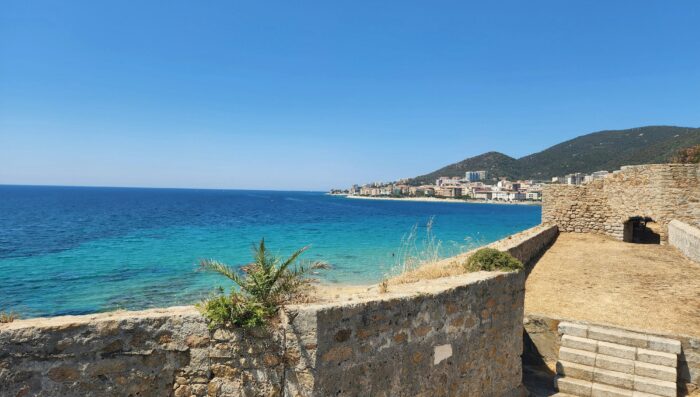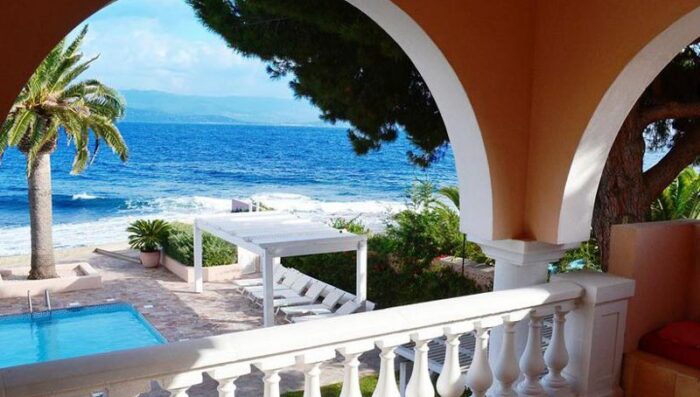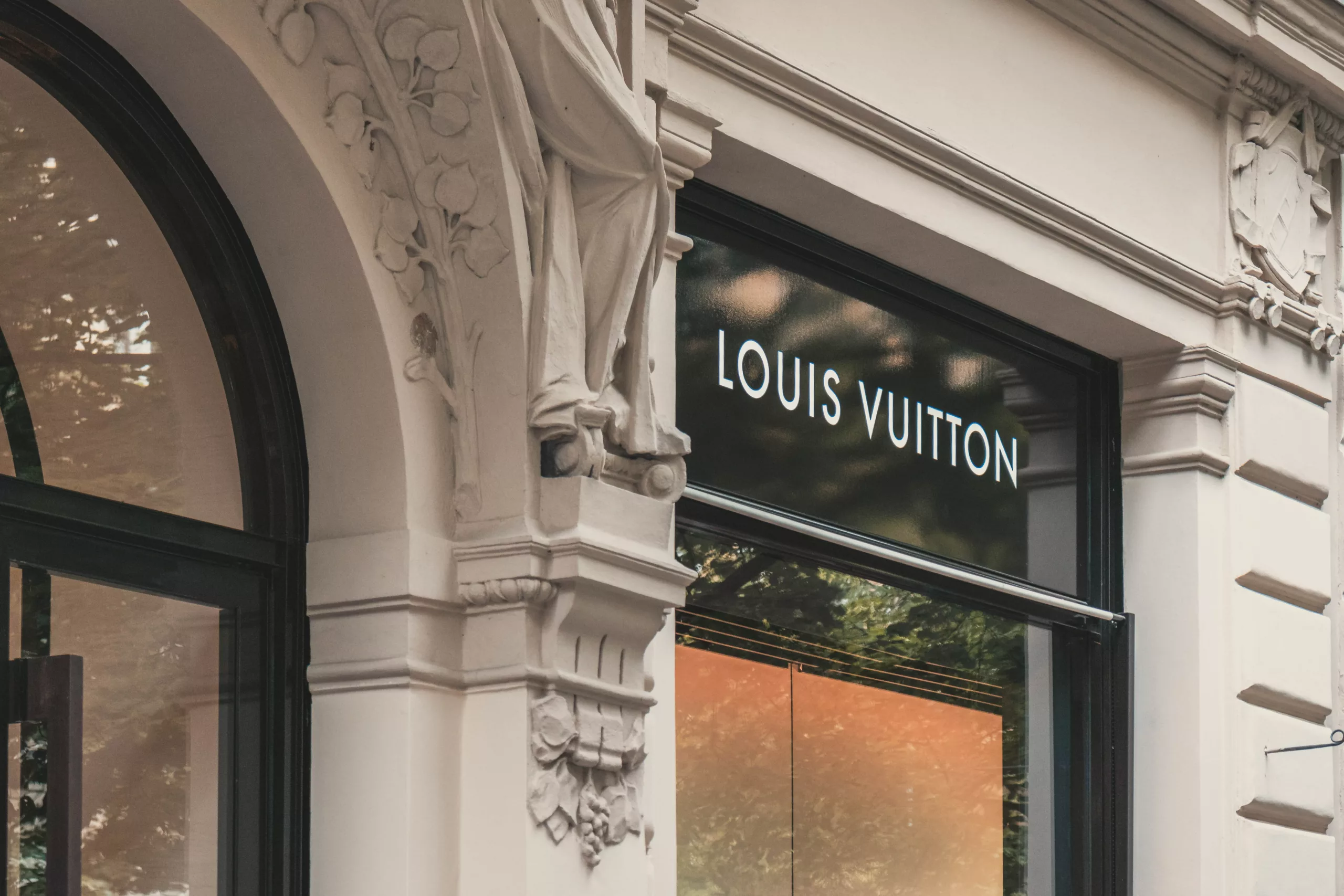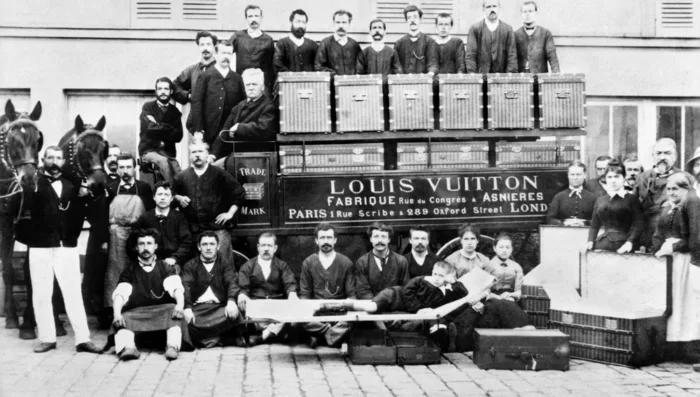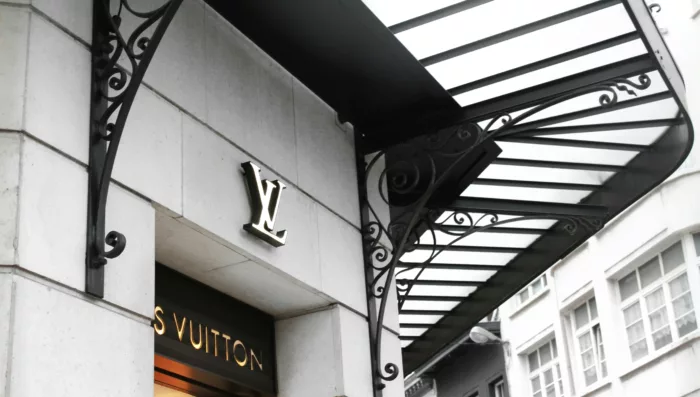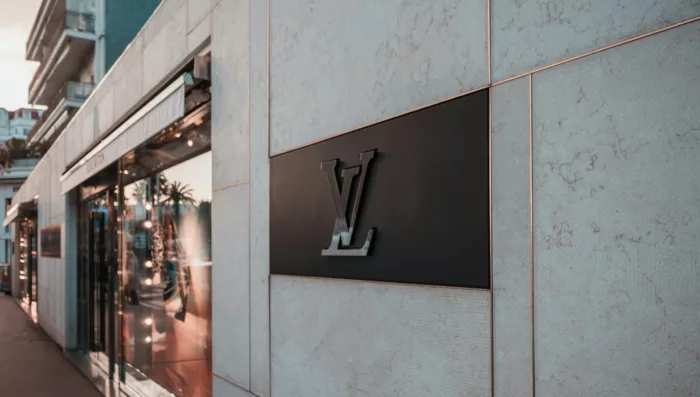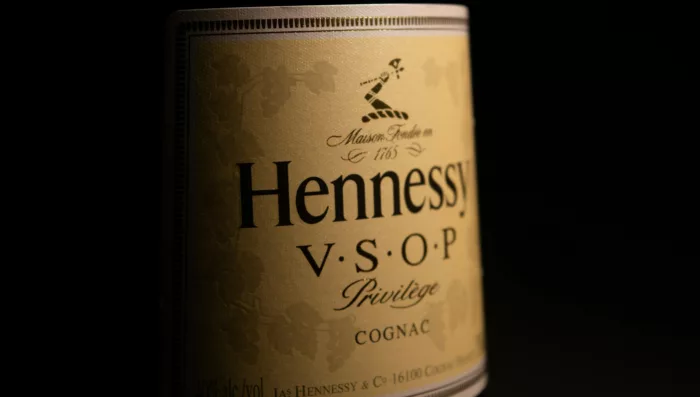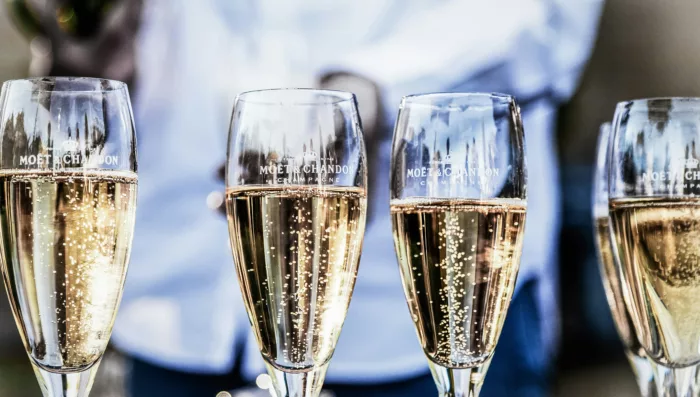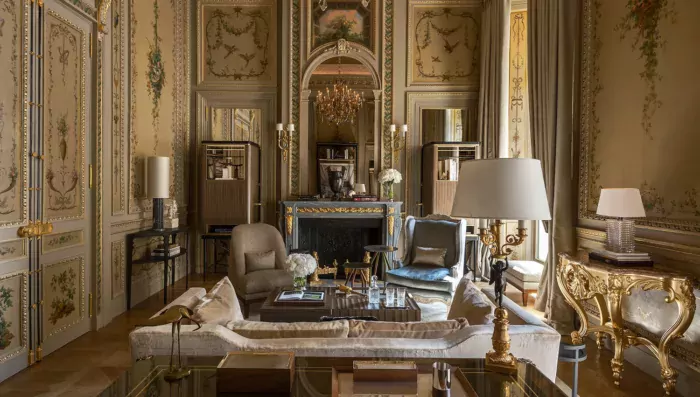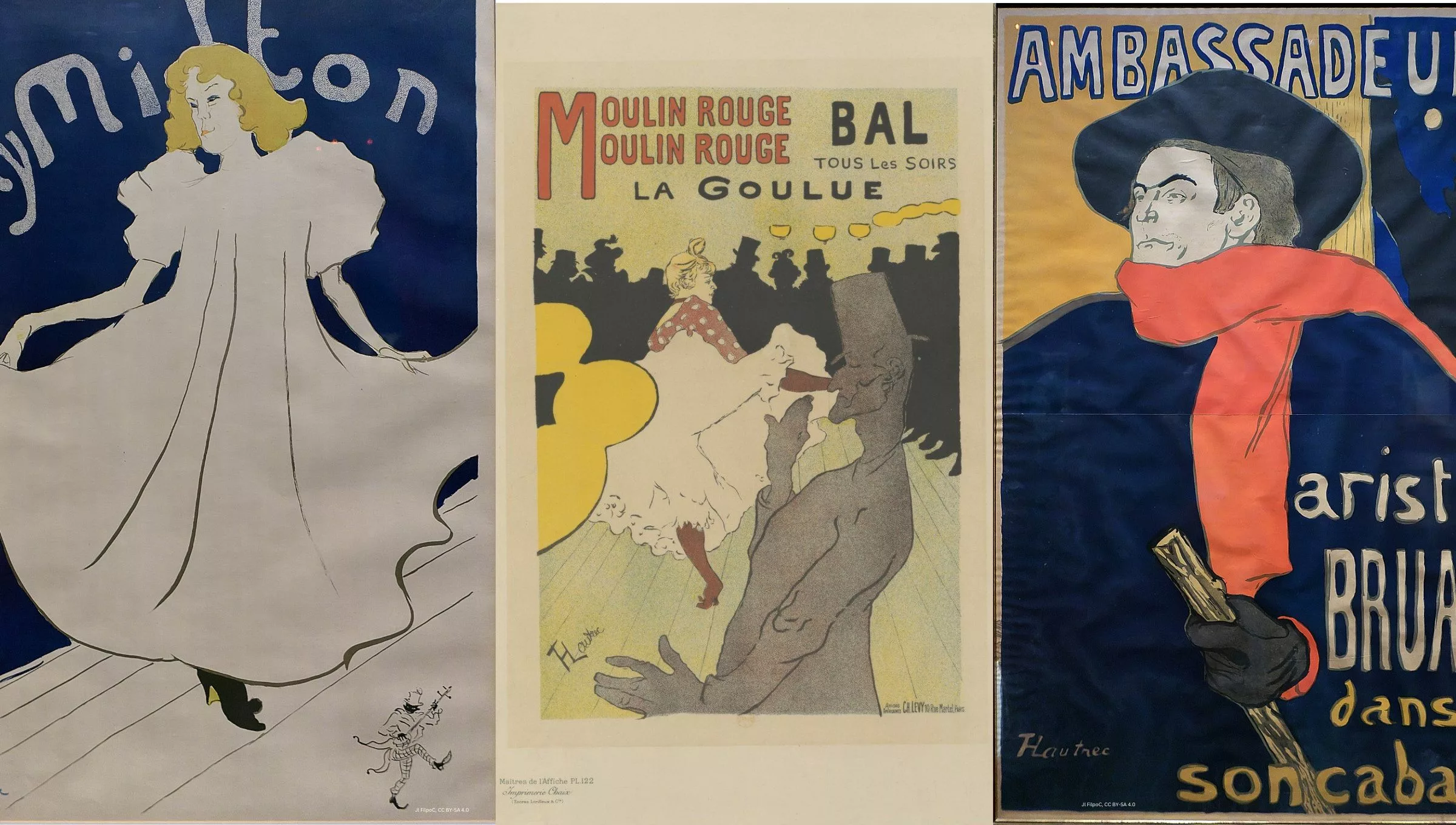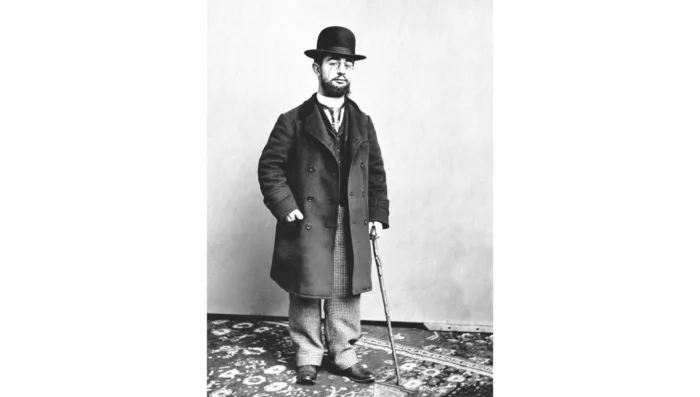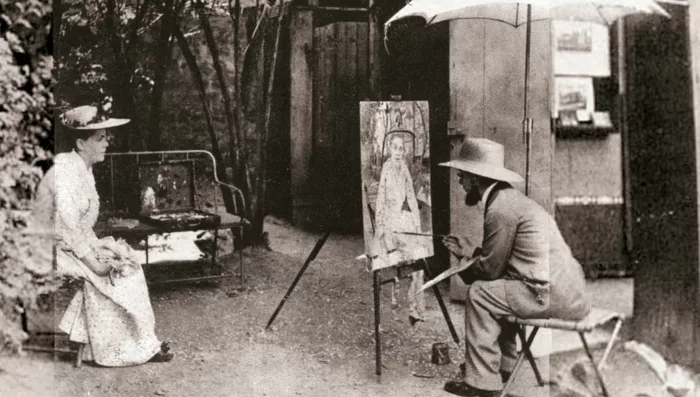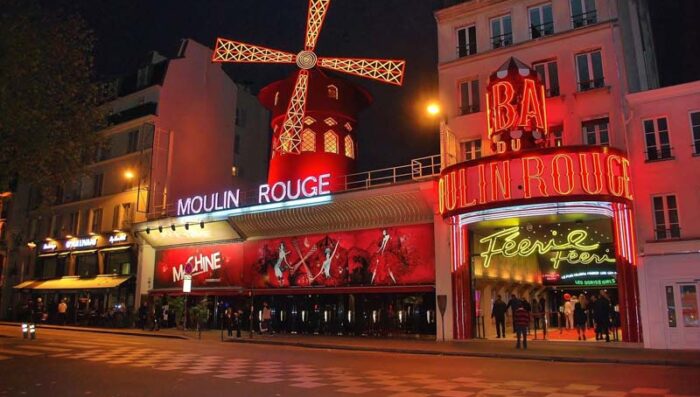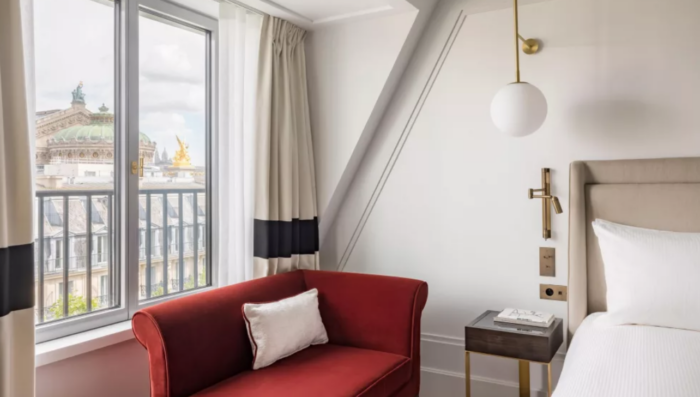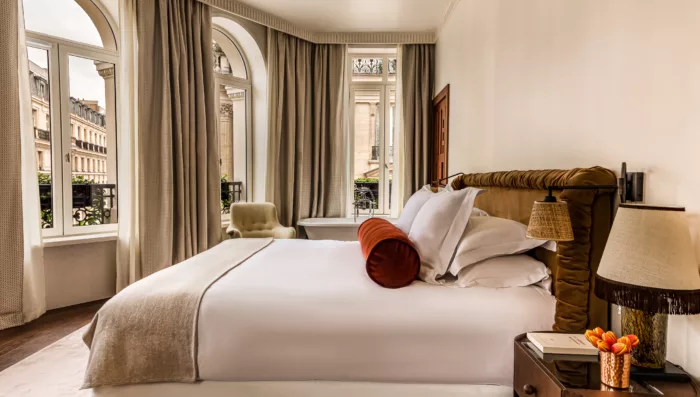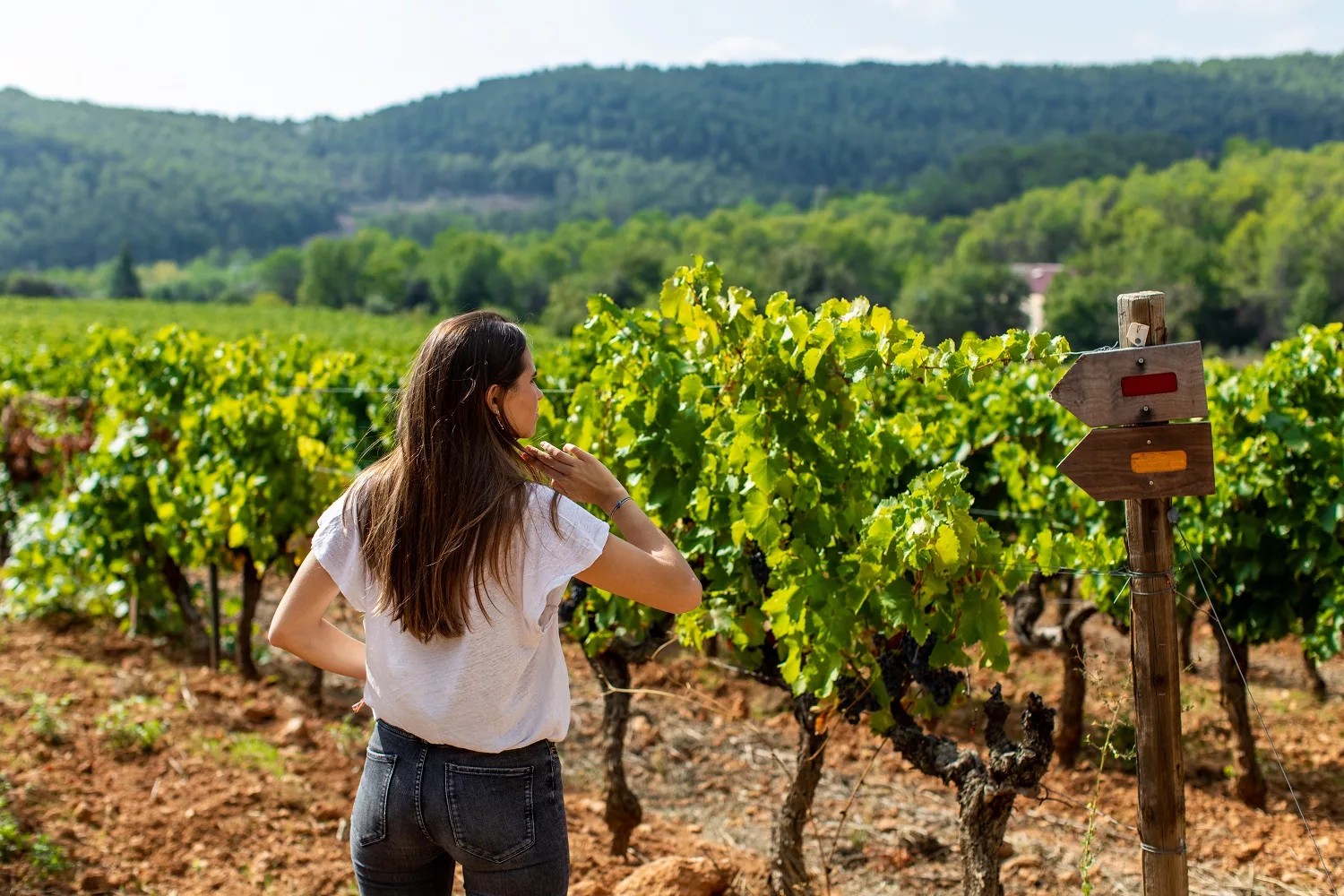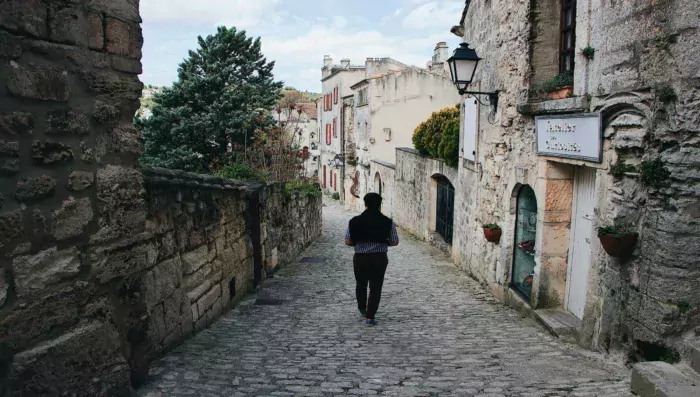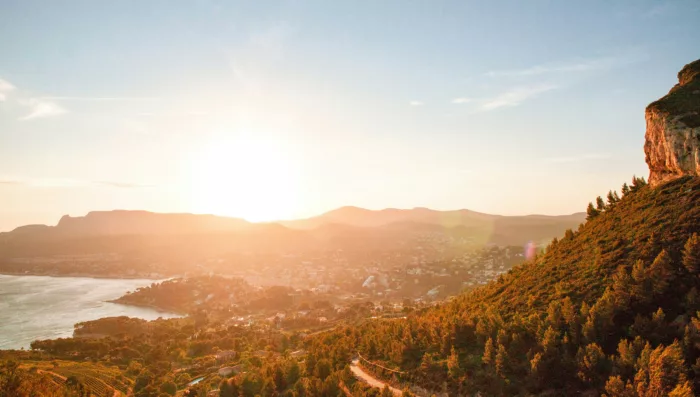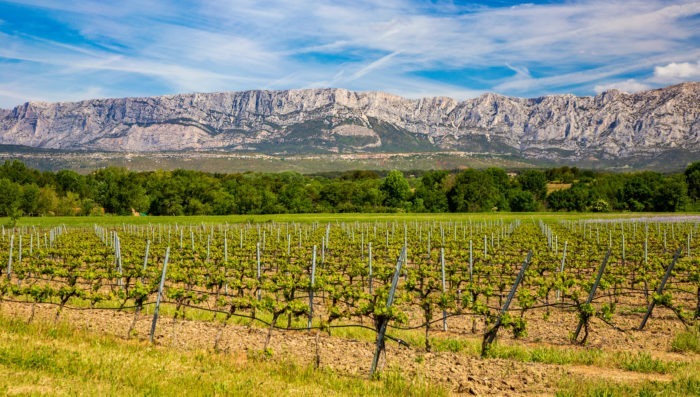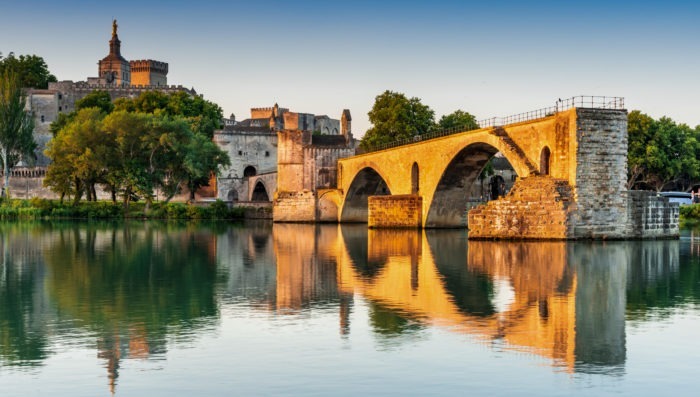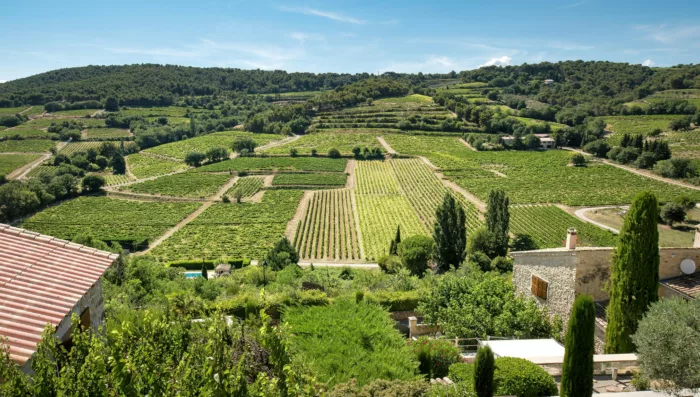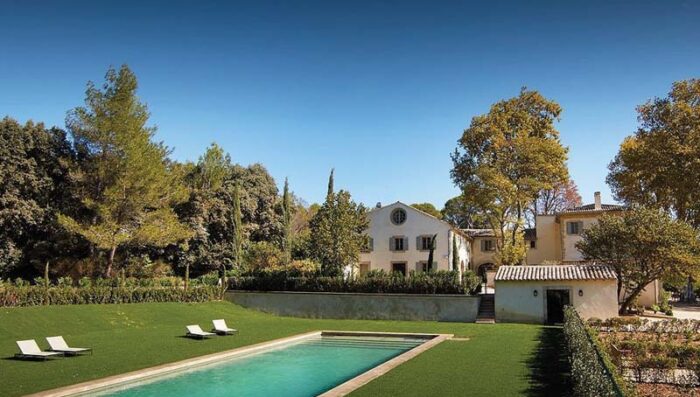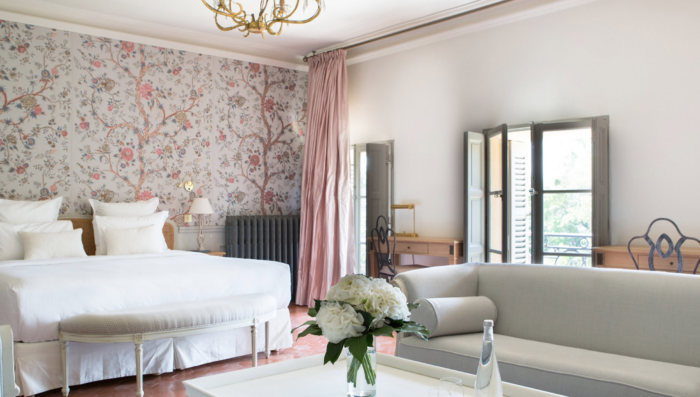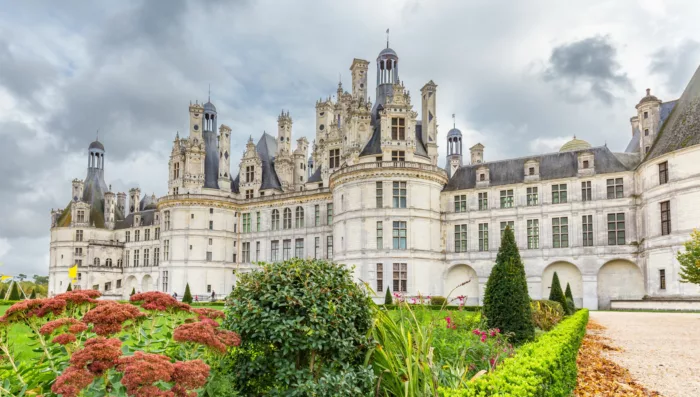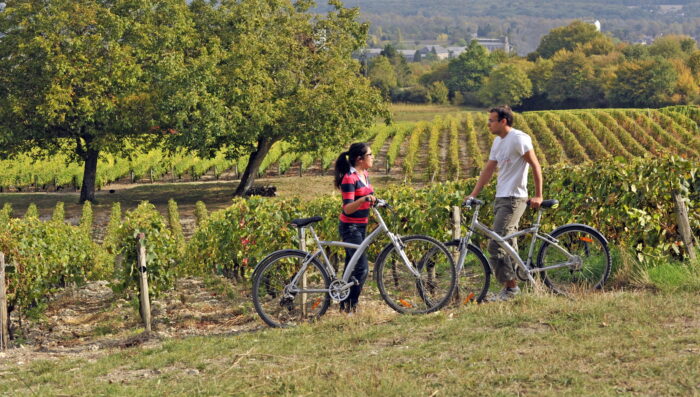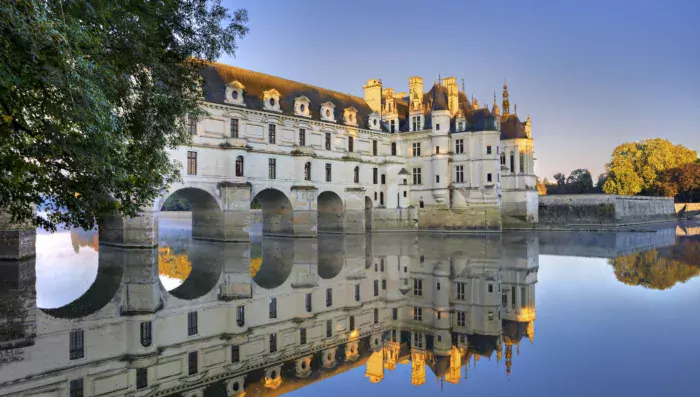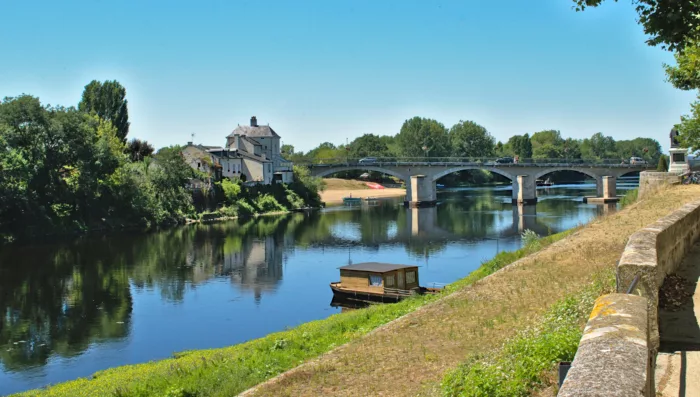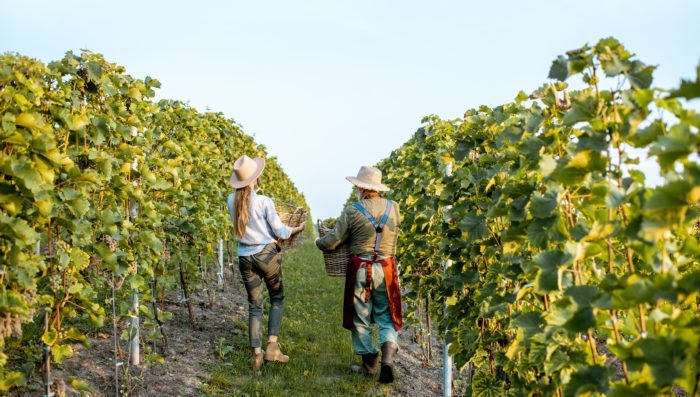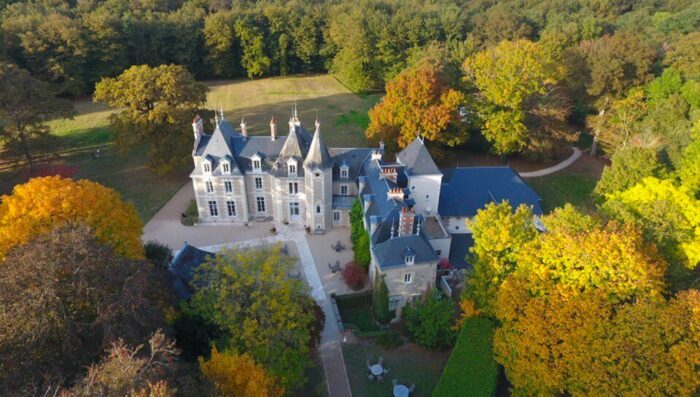The French Riviera’s crisp waves beckon during the summer, and Alsace’s charming Christmas markets enchant during the winter. But perhaps you’re interested in discovering France during autumn in its shoulder season. Given its geographical diversity and varied climates, France is the perfect place to discover all year-round, including the fall. The autumn season in France also sees many wine harvests, which makes this season an exquisite time for wine connoisseurs to visit. From Bordeaux to the Loire Valley, we’re rounding up some of our top 2024 fall destinations in France as well as our favorite autumn activities.
Top 2024 Fall Destinations in France
Bordeaux in the Fall
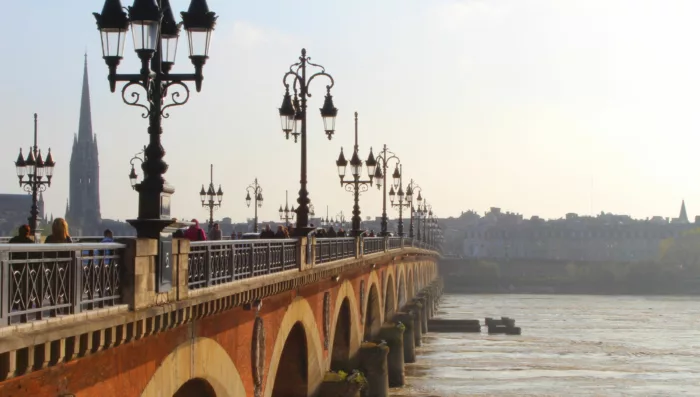
With its charming cobblestone streets yet vibrant city life, Bordeaux is an ideal destination for fall travel in France. This western French town is also in a prime position for the wine harvest and vineyard exploration during the autumn months. Bordeaux is a quick two-hour TGV train ride from Paris and also has its own airport. Not only is this city accessible, but it also provides close proximity to other destinations such as Cognac and Dordogne.
Discover the terroir of the Saint-Émilion, Médoc and Graves appellations and taste the fruit of their vines. Spend the day on a traditional boat tour of nearby Arcachon and Cap Ferret where you’ll see Europe’s largest sand dune and feast on local oysters. Float over the rolling vineyards of Saint-Émilion in a private hot-air balloon ride. Roll up your sleeves during a pastry-making class in Bordeaux as you learn to make regional specialities such as its renowned cannelé.

Cooking Class at Château Ambe Tour Pourret
Spend the day in the kitchen while learning from a pro in a château dating back to the 1800s near Saint Émilion. Your culinary expert will guide you through the preparation of the starter, main dish and dessert. Don’t worry; you can sip on your wine as you get to work in the kitchen. At the end of your cooking experience, you’ll be able to taste your creation and enjoy a glass of red wine from its vineyards.
Burgundy in the Fall
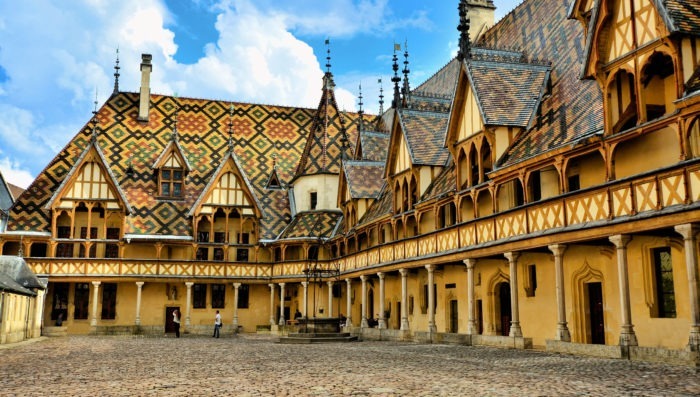
Another top destination in France during the fall is the region of Burgundy. Wine lovers and foodies alike will find their heart’s delight in this central part of France. You can reach this region with a 2-hour train ride from Paris to Dijon.
Taste one of the region’s many appellations such as Côte de Beaune, Chablis or Grand Auxerrois. Delve into the history with a private walking tour of the towns of Dijon and Beaune. Marvel at the intricate designs of the Vézelay Basilica or at the colorfully tiled roofs of the Hospices de Beaune. Delve into the history and making of Dijon mustard. Go truffle hunting with a local expert and feast on your finds.
Alsace in the Fall
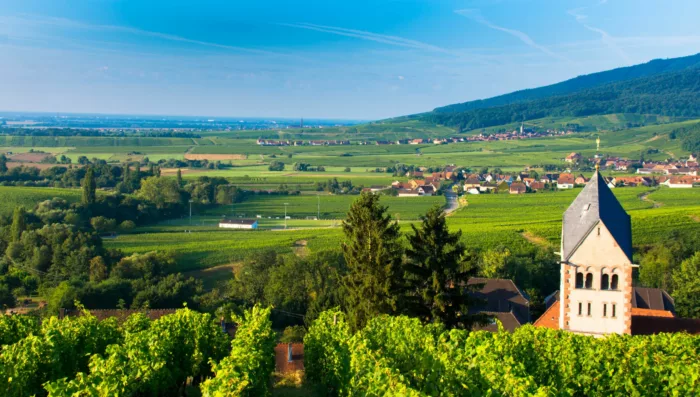
Although travelers may associate the region of Alsace with its wintertime magic, this eastern region need not be overlooked during the rest of the year, especially the fall season. This region is sprinkled with half-timbered homes, lush vineyards and a history closely linked to Germany’s. Strasbourg is a mere two-hour train ride from Paris.
Admire the majestic Notre Dame de Strasbourg cathedral, with its colorful stained glass windows and history dating back to the 1100s. Gain a new perspective of the town of Strasbourg with a private cruise of its canals. Wander the quaint streets of Kaysersberg, a village that may have well come straight out of Beauty and the Beast. Spend the day in the kitchen as you discover Alsatian cuisine specialities such as flammekueche, Alsace’s take on pizza, and bretzels topped with ham and cheese. Book a full-day wine tour of the Route des Vins through the villages of Eguisheim and Kaysersberg. Visit the Maginot Line, an important piece of French World War II history.
Loire Valley in the Fall

Castles and wine are to be enjoyed year round, and the Loire Valley is the perfect location to experience these activities. A trip to the Loire Valley means taking a step back in time as you imagine life of the royals centuries ago, with a backdrop of crisp autumn leaves. Tours is an hour train ride from Paris.
Pedal through the Chambord Forest as its leaves change to bright fall colors. Admire the region’s castles from the sky with a private hot-air balloon ride. Enjoy a cruise on the Cher River as you admire the Château de Chenonceau. Sip on the Loire Valley’s famed appellations such as Chinon, Vouvray and Saint-Nicolas de Bourgueil. Indulge in a gourmet walking tour of the Halles in Tours.
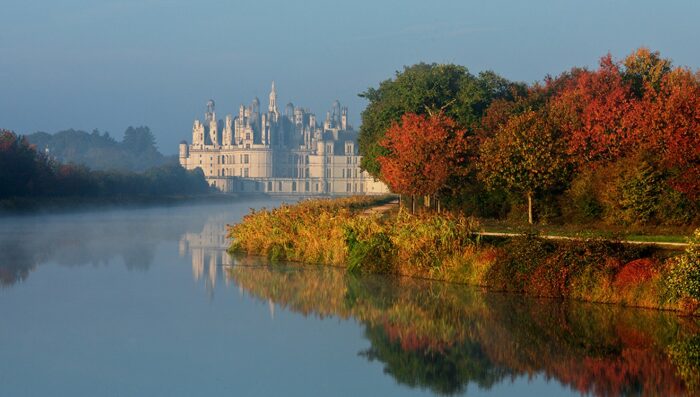
Wander the Forests of Chambord
Escape from the hustle of metropolitan France into the forests of Chambord in central France. French Side Travel will secure an exclusive visit where you’ll observe and hear the stags — all from a watchtower. This experience is best enjoyed between September and October in order to hear the stags’ bellows to attract mates and mark their territory.
Provence in the Fall
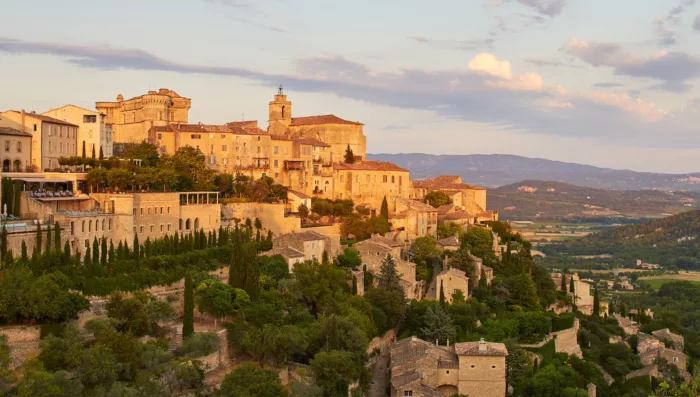
This southern region of France is particularly linked to the summer season, but visiting Provence during the fall is no less enchanting. In general, this region sees fewer tourists but still boasts warm temperatures and sunshine during autumn. Provence is easily accessible from Paris; Avignon, Aix-en-Provence and Marseille are each about a 3-hour or so train ride from the capital.
Stay in a quaint hotel in the midst of a Provençal vineyard. Enjoy a boat ride through the Gorges du Verdon and admire the gorgeous fall colors of its foliage. Stroll along the Mediterranean Sea, which boasts its blue hue all year long. Wander one of Provence’s many quaint, sun-soaked villages.
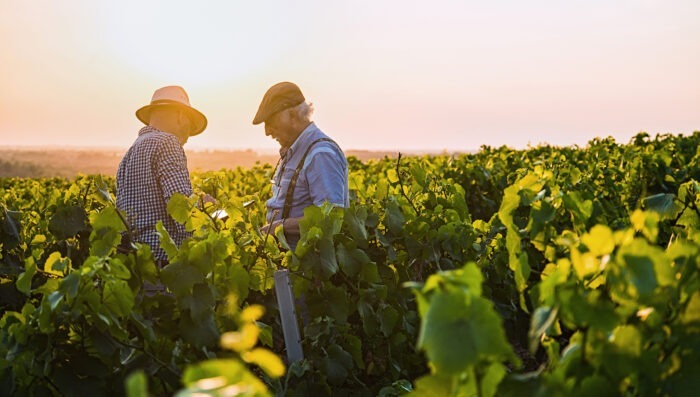
Harvest Morning in Provence
Grab your boots, and get ready to experience the life of a local winemaker. You’ll be given a pair of pruning scissors and will pick from the vines before taking back your prize to learn more about the winemaking process. Your private experience will conclude with a meal under the olive trees.

Harvest Tour Near Saint Tropez
On this private tour of a winery near Saint Tropez, you’ll discover the detailed winemaking process up close. Stroll through the vineyard with your guide before heading to the cellar to see how the grapes are transformed into wine. Taste three different wines and head home with a bottle of the vineyard’s wine.
Where to Stay in France in the Fall
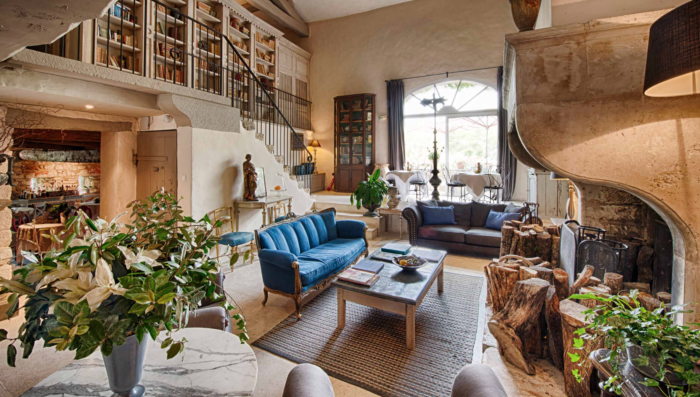
La Bastide de Marie
Located in the charming village of Ménerbes, this boutique hotel will have you falling for the Luberon Valley. This cozy property only has a handful of rooms to ensure intimacy during your stay. Its white stone walls and vineyard views make the perfect setting to discover Provence. Take a dip in its pool or treat yourself to its lavender treatments at the spa.
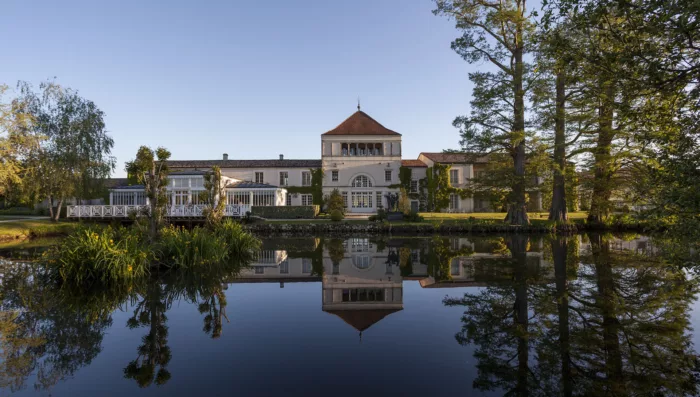
Les Sources de Caudalie
Tucked south of Bordeaux, les Sources de Caudalie is a five-star palace hotel located in the Château Smith Haut Lafitte vineyards. Escape from the city center with a stay in one of these 61 rooms and suites in Martillac. You can’t miss a visit to its Vinothérapie Spa where you can enjoy a Crushed Cabernet scrub. Not only will you drink well, but you’ll also dine well at its Michelin-starred restaurant La Grand’Vigne.
Ready to explore one of these top fall destinations in France this year? You might also be interested in: A Luxury Escape to Burgundy’s Vineyards or Highlights of the Loire Valley. Need some help planning your trip?


